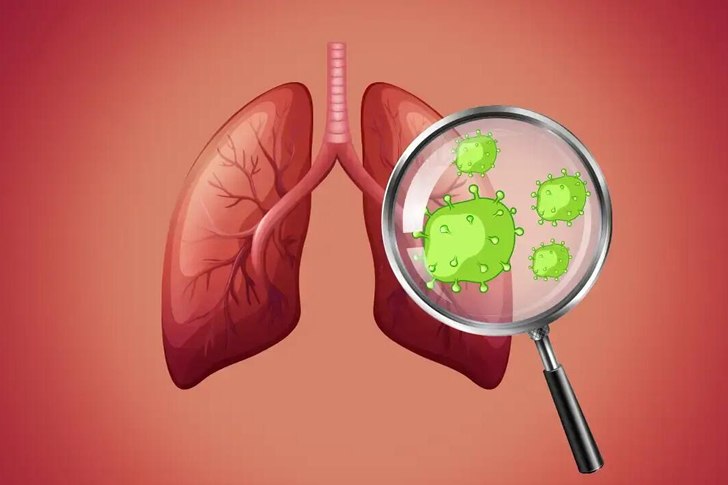Recognizing the Signs of Lung Cancer
Lung cancer is a serious condition that requires early detection and effective treatment. Recognizing the signs and understanding the available treatments are crucial for managing this disease.

Types of Lung Cancer
Lung cancer is primarily categorized into two main types, which can influence the symptoms and treatment approaches:
- Non-Small Cell Lung Cancer (NSCLC): This is the most common type of lung cancer, accounting for about 85% of cases. Subtypes include adenocarcinoma, squamous cell carcinoma, and large cell carcinoma.
- Small Cell Lung Cancer (SCLC): This less common type is more aggressive and spreads quickly, often leading to more pronounced symptoms.
Early Signs vs. Advanced Signs of Lung Cancer
Lung cancer signs can vary greatly depending on how advanced the disease is. Here’s a comparison of early versus advanced signs:
| Sign/Symptom | Early Stage | Advanced Stage |
|---|---|---|
| Persistent Cough | Mild, may be mistaken for a cold | Severe, possibly producing blood |
| Chest Pain | Occasional, mild discomfort | Constant, severe pain |
| Shortness of Breath | Only with physical exertion | Even at rest or minimal activity |
| Unexplained Weight Loss | Minimal or unnoticed | Significant and noticeable weight loss |
| Fatigue | Occasional, may seem like tiredness | Persistent and debilitating fatigue |
| Coughing Up Blood | Rare, small amounts | Frequent, larger amounts of blood |
| Frequent Infections | Possibly overlooked as common colds | Recurrent and severe, possibly requiring hospitalization |
| Hoarseness | Mild voice change | Pronounced voice change, persistent |
| Wheezing | Intermittent, might go unnoticed | Constant, noticeable wheezing |
Treatment Options for Lung Cancer
The treatment for lung cancer depends on the type, stage, and overall health of the patient. Common treatments include:
- Surgery: Effective for early-stage lung cancer; involves removing the tumor and surrounding tissue.
- Radiation Therapy: Uses high-energy rays to target and kill cancer cells, often used when surgery is not an option.
- Chemotherapy: Involves using drugs to kill cancer cells, often used before or after surgery to reduce or eliminate cancer cells.
- Targeted Therapy: Focuses on specific molecules within cancer cells to inhibit their growth, often used in advanced NSCLC.
- Immunotherapy: Enhances the body’s immune response against cancer cells, increasingly used in treating advanced lung cancer.
- Palliative Care: Provides relief from symptoms and improves the quality of life for patients with advanced lung cancer.
Frequently Asked Questions
Q: What are the most common early signs of lung cancer?
A: The most common early signs include a persistent cough, chest pain, shortness of breath, and unexplained weight loss. These symptoms may worsen over time and should prompt a visit to a healthcare provider.
Q: How is lung cancer diagnosed?
A: Lung cancer is diagnosed through imaging tests such as X-rays, CT scans, and PET scans, along with biopsies to confirm the presence of cancer cells.
Q: What factors can increase the risk of developing lung cancer?
A: Smoking is the leading cause of lung cancer, but other factors include exposure to secondhand smoke, asbestos, radon gas, and family history of lung cancer.
Q: Can lung cancer be detected early?
A: Yes, lung cancer can sometimes be detected early through screening methods such as low-dose CT scans, especially in high-risk individuals like smokers.
Q: What are the survival rates for lung cancer?
A: Survival rates depend on the stage at which lung cancer is diagnosed. Early-stage lung cancer has a higher survival rate compared to advanced-stage lung cancer.
Verifiable Sources
- American Cancer Society – https://www.cancer.org
- National Cancer Institute – https://www.cancer.gov
- WebMD – https://www.webmd.com







Recent Comments